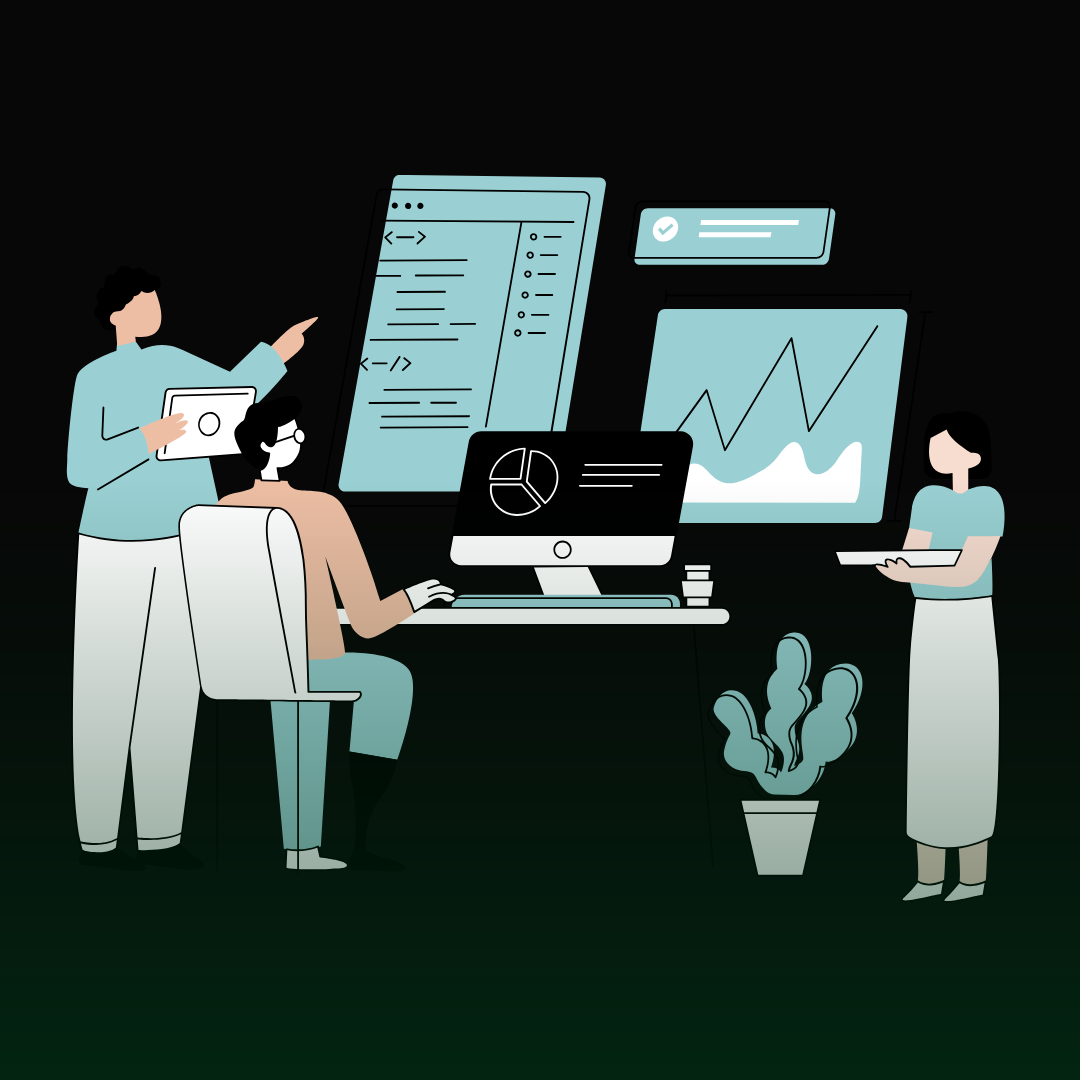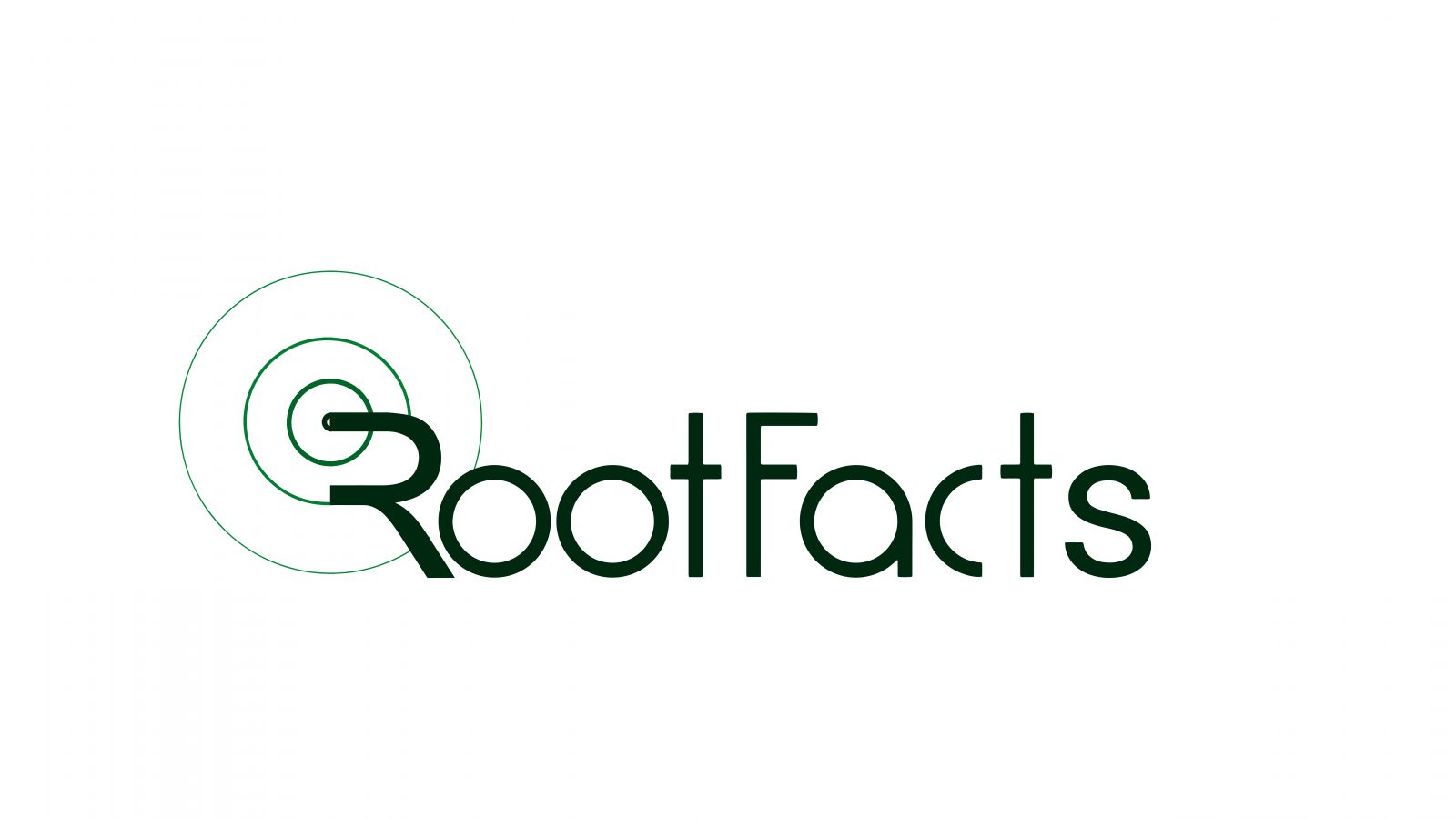
2025 Programming Trends: What Developers Should Know ?
New programming languages, frameworks and tools crop up on a regular basis. This is why, as centuries pass by, some programming languages take the lead, as others and swifts into monotony as we head towards the middle of 2025. As evidenced from the statistics, it can be said that python, typescript and rust are gaining massive popularity amongst developers across a number of fields. Thus, this news seeks to appreciate the growth history, usage trends, sector penetration of these languages, and what impact can these have on developers and businesses.
Growth Trends in Programming Languages
TypeScript: The Rising Star
Since its emergence, typescripts popularity has grown tremendously. Recent reports indicate that its use has increased from 12% in 2017 to 37% in 2024. There are a few reasons for this increase trends, including the following:
- Statically Typed Language: One feature that improves the overall performance of the code and increases application maintenance, especially that of large scale systems, is the dependency type in TypeScript.
- Adoption by Enterprises: High profile firms, including Microsoft and Airbnb, have begun using TypeScript for their projects. Aer cited the benefits of better maintainability and lesser number of bugs. The fact that it can be used in conjunction with JavaScript means it is possible to start using it gradually rather than all at once.
- Framework Support: The affinity of TypeScript to popular frameworks such as Angular and React has further cemented its role within the web development ecosystem. More and more developers are appreciating its benefits, and TypeScript is indeed becoming the standard for enterprise applications.
- Python: The Versatile Powerhouse Python preserves its dominance in programming languages, with a share of usage growing from 32% in 2017 to about 57% in 2024.
The explanation for the popularity of the programming language Python could be as follows:
- Simplicity & Clarity: Python language is characterized by simplicity in structure which makes it easy and intuitive for beginners and still robust for more senior programmers. So this feature has reinforced its use in classrooms.
- Data Science and AI: The multiple libraries of Python (such as TensorFlow, PyTorch, and Pandas ) have helped the language in being the primary choice for data science and Artificial Intelligence based applications. Since the need for AI based solutions is on the rise it is likely that Python will maintain its relevance.
- Web development: There are frameworks like Django and Flask that support the building of web applications in a more streamlined manner. In addition to web development, scientific computing among other domains is doable with python because of its adaptiveness.
Rust: The Promising Competitor
Rust is starting to pick up speed as a systems programming language. Its popularity has increased from 2% in 2018 to a projected 11% in the year 2024. Several elements that are pushing the increase of Rust include
Memory Safety
Usability
Recruitment
The Unshakable Hold Of JavaScript
Even with the influx of languages such as Python, Rust and even TypeScript, JavaScript seems to be the most popular programming language to date. Reports have indicated that the number is drifting upwards with an estimated 61% of developers still programming in JavaScript to date. There are a number of factors that contributed to its rise
The Backbone Of Web Development
Developer Preference Patterns and The Selected Ecosystem
When programming languages and ecosystems are selected, they are usually stuck to because of familiarity and comfort. But recent times have shown a shift with more developers being willing to experiment with more programming languages like python, typescript and rust:
- A Transition in Details: This massive shift in typing systems that many developers are adopting has greatly increased the use of typescript as well. The Great emphasis on Improved language assistance tools as well as better error and bug fixes has made this transition more smoother.
- Application spheres: Thanks to the flexibility of Python, its popularity can be found on different phases ranging from data science through to web development meaning that programmers can change from one type of project to another without having to learn different languages completely.
Requirement systems programming: The need for concurrent and efficient memory management among systems programmers seems to promote the utilization of Rust as more and more industries pay more attention on the aspect of security and performance.
AI tools for Development Approaches
The study further explains that in many companies or organizations nearly 80% allow the use of external AI software or they have no rules preventing such practices. That makes it possible to conclude that the level of confidence in AI implementation into the development practices is increasing.
Productivity Boost
AI tools are able to handle monotonous activities which leaves the developers to more complicated issues. This is particularly the case in situations where race for getting the product to market first matters.
Development Of Software With AI
Code tools which recommend changes or identify errors using AI technology are now in the marketplace. These applications have the potential to raise the levels of productivity among developers as they enable them to receive midcoder comments during the coding sessions.
Developer Experience Measurement Instruments
As organizations designates developer experience (DX) as an important focus area, around 28% of respondents state that they measure both the productivity and DX of their teams. Among the common findings are the following:
- Role of Team Leads: Team leads often bear responsibility for the supervision of DX indicators. From an empirical stand point how developers perform their tasks with particular tools and processes may guide leaders to establish some weaknesses.
- Focusing on Employees’ Wellbeing: A favorable developer experience not only assists productivity but also lowers the level of employee turnover. Such organizations which focus on DX will surely gain competitive advantage over others in human capital recruitment.
The Direction for the Development of Programming Languages
Looking into 2025 and later we expect that the following trends will suture the programming picture:
- The Expansion For TypeScript Will Continue: Due to growing usage among corporates that intend on having industrial strength tools for big applications, TypeScript is predicted to maintain its place as top-in line language together with JavaScript.
- Python Rules In Data Science: With more and more sectors adopting AI-centered data-based decision-making, for the foreseeable future even though Python has more than enough competition, it will be the leading programming language thanks to its immense library base and usability.
- iOST’s penetration into the new domains: areas such as IoT devices game development… systems programming giventhe current trends and security and performing capabilities that Rust would have most likely would see an expansion in use cases that are beyond focusing primary focuses to include other areas.
- Multi-language AI Tools Interfacing: Integration of AI tools with interfacing into programming environments would improve all developers productivity in the target language as it would facilitate coding whilst minimizing mistakes through assistance.
Measurement of Developer Experience Indicators: There would be greater resource allocation towards measuring DX metrics as organizational teams would appreciate the role such metrics play to productivity levels within teams which would in turn lead to better designed workflows aimed at improving developer happiness metrics.
The programming world is changing with great leaps, as more and more developers around the globe adopt TypeScript, Python or Rust, among other languages. Each language addresses a specific need in the ecosystem, be it web development or systems programming, while at the same time suggesting more and more growth trends of the developer community. As we head into the year 2025, it is safe to say that every aspiring programmer who wishes to refine their skills and every practicing programmer who wishes to find work in this ever evolving industry, will have to take note of these trends. For language key to understand this landscape and expanding their career opportunities spotting those languages that have potential prospects is an important task in such a fast moving world of technology where no stone is left unturned.
